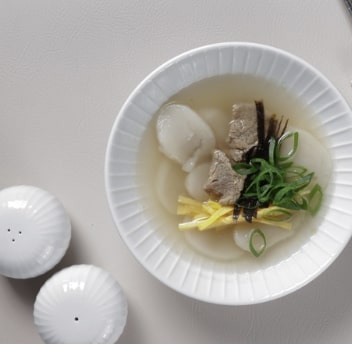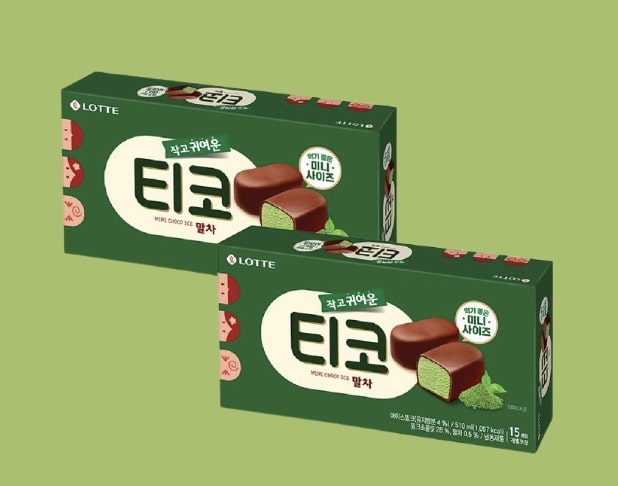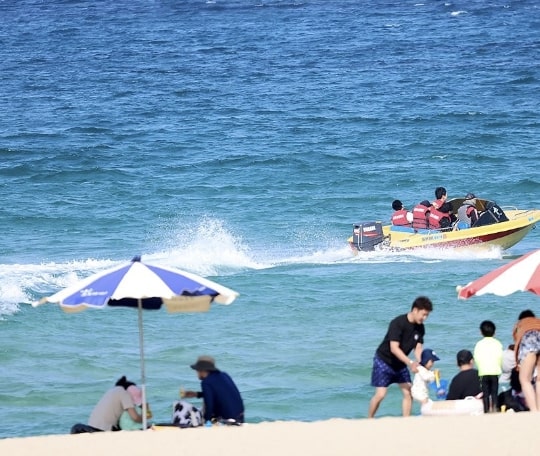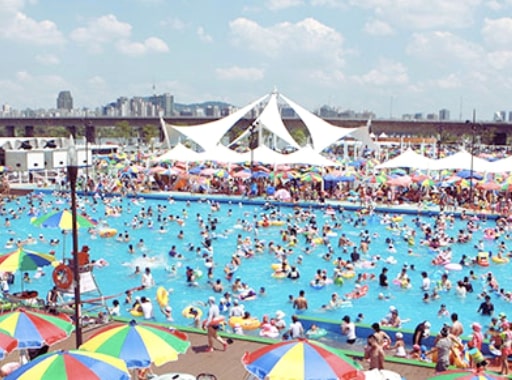
Five Korean Holidays Have Been Registered As National Intangible Cultural Properties

South Korea’s Five Major Holidays Have Become Intangible Heritage
According to the Cultural Heritage Administration of Korea, it will designate Korean major holidays as a National Intangible Cultural Property starting in May next year. This is the first time a holiday that is not a traditional art or knowledge has been recognized as a national intangible cultural property.
설 (Lunar New Year) & 대보름 (The Great Full Moon)

Celebrating the beginning of the year from the first day of the lunar new year to the full moon.
한식 (Cold Food Festival)
It’s the 105th day after the winter solstice, centered around ancestor memorial rituals such as graves, burials, and sacrifices. It falls on April 5 or 6 in the Gregorian calendar. On this day, people prepare a variety of foods, including liquor, fruits, noodles, rice cakes, tteok, and stew, and bring them to the dead to offer sacrifices. It is one of the five major Korean holidays.
단오 (Dano, also called Surit-nal)

Dan’o is a holiday celebrated on May 5 in South Korea, Japan, and China. It’s also known as “Surit Day” in pure Korean. It marks the beginning of the cooler months before the hot summer months, and it’s also a time to celebrate the end of the rice harvest and pray for a good harvest. It used to be a major Korean national holiday, but now it’s no longer a public holiday and has lost much of its significance. In the past, this day basically involved Korean men’s wrestling (called Ssireum) and women swinging. People also ate rice cakes, visited their ancestors’ graves, washed their hair in boiled iris water, made and ate fireworks, and made bracelets.
추석 (Chuseok)

Chuseok is a major Korean holiday and the largest national holiday in Korea. It is celebrated on August 15 (Lunar calendar). Chuseok has been the most important holiday of the year for Koreans since they were an agrarian society. Before finishing the fall harvest, Koreans would set out songpyeon, a delicacy made from unripe rice, and sun fruits to give thanks to their ancestors.
동지 (Winter Solstice)

It is the 22nd of the 24 festivals and is the day with the longest night and shortest day of the year. The length of daylight gradually increases from the winter solstice, making it a festival day or the start of the year in many places. The winter solstice always falls in the 11th month of the lunar calendar, so November is called the winter solstice month, and it’s celebrated as a small new year in Korea. Koreans eat red bean porridge on the winter solstice.
—
???? UoH has a personal assistant program for traveling in Korea, including reservations, rentals, and personal assistants. Feel free to email us at uofhorang@gmail.com for a quote and to find out how to proceed!



